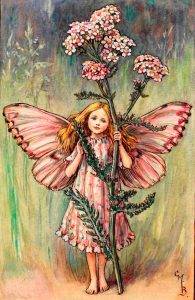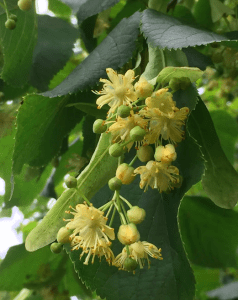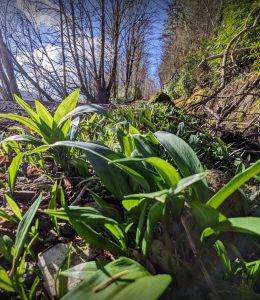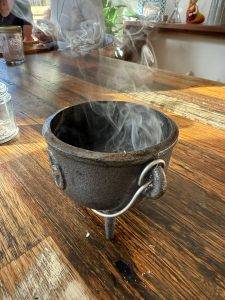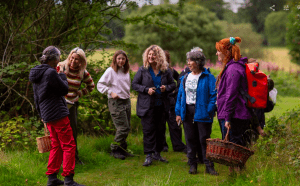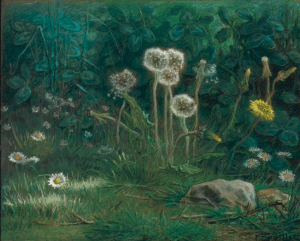Allium ursinum
As soon as the Spring sun starts to shine, as if by magic, Wild Garlic starts to erupt from the ground, carpeting shady damp wooded places, before the trees shade out the sun with their leafy canopy.
A wild food that has been enjoyed by our ancestors for thousands of years, it’s a short season, usually starting in February and lasting into May.
Every part of this delicious plant is edible.
The leaves are fabulous blitzed into pesto, thrown into soups or stews, chopped and folded into scones and breads or simply enjoyed as a wild snack whilst out on a walk.
The flowers are sweet garlicky taste sensations which are wonderful tossed through salads, eaten on the hoof as a wild snack or stirred through pasta and used as a decorative touch.
The flower stems can be used like you would Chives. My favourite thing to do with them is to chop them up and stir them through a potato salad.
The seeds make a punchy alternative to capers, salted and preserved in vinegar.
The roots, (bulbs) are delicious too, but I don’t want to encourage you to dig them up because if you do that you won’t have any Ramsons the following year and really, you don’t need to because the leaves, flowers, stems and seeds are tasty enough.

Identification
Wild Garlic is one of our easiest Spring greens to identify. One sniff of a picked leaf and you’ll know from its Garlicky aroma that you have the correct plant.
The leaves are up to 50cm in height, long, spear shaped and a fresh vibrant green.
The flowers appear from April to May and are white, tiny clusters of star-like pom poms.
The roots and stems are onion like and more elongated than the cultivated garlic bulbs that we are used to buying in the supermarkets, with a single white bulb with roots at the base. The stem sprouts from the bulb and is triangular.
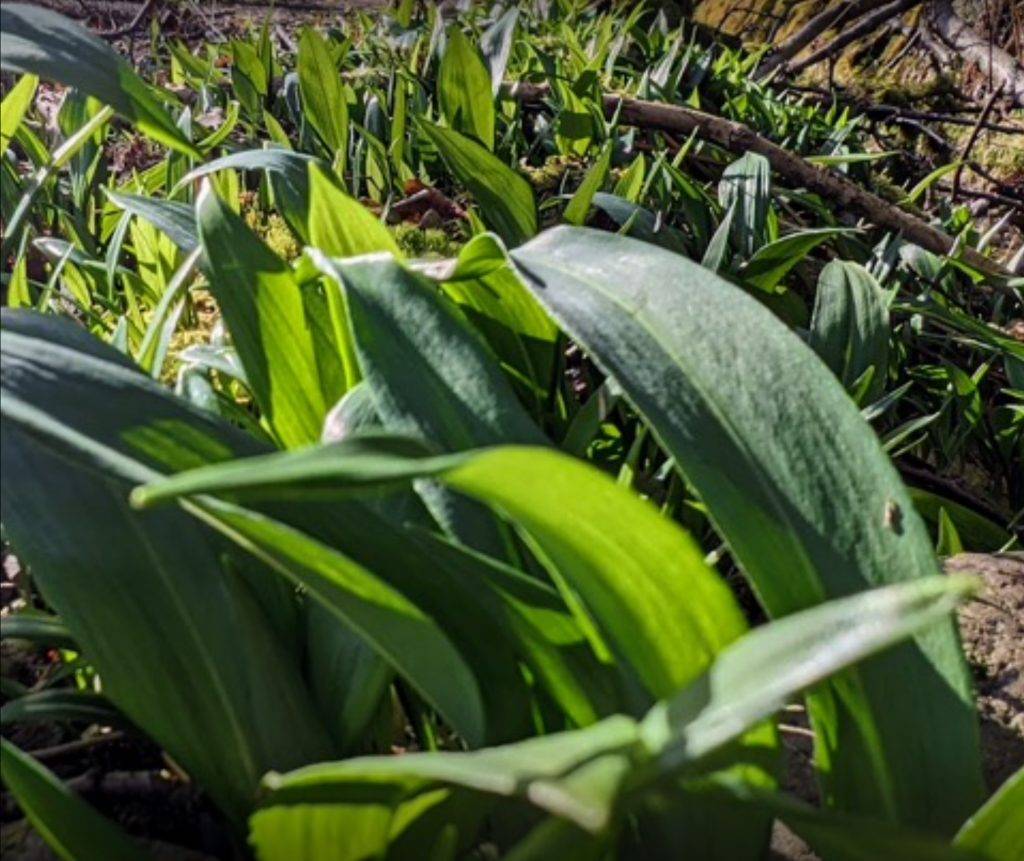
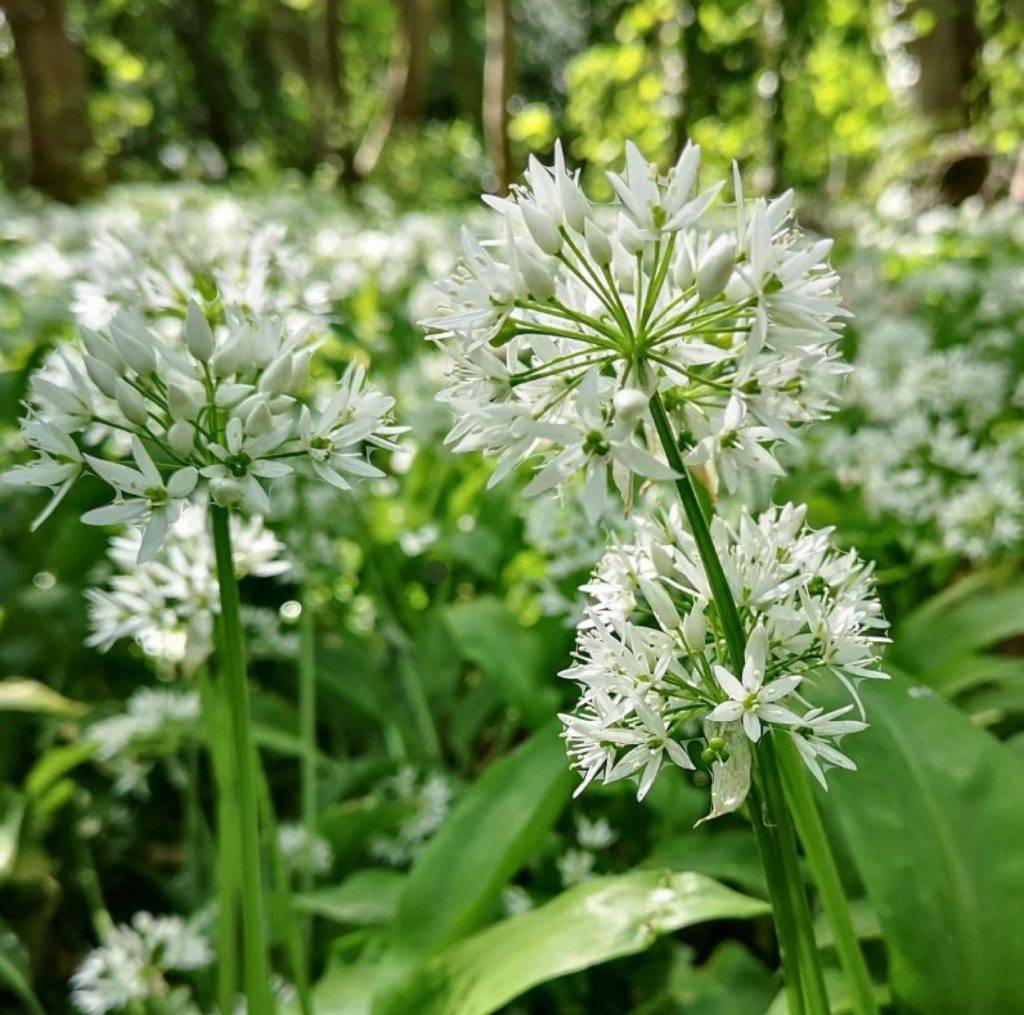
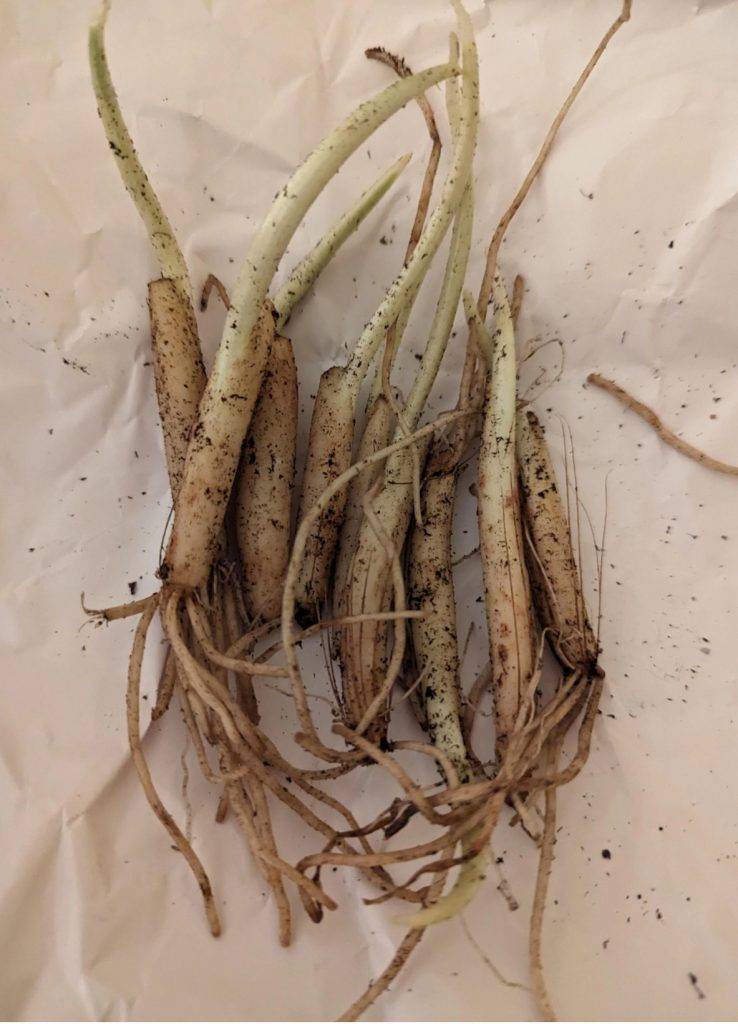
There are just a couple of toxic look alike that you might find growing in amongst Wild Garlic when foraging, Lily of The Valley and Wild Arum, also known as Lords and Ladies.
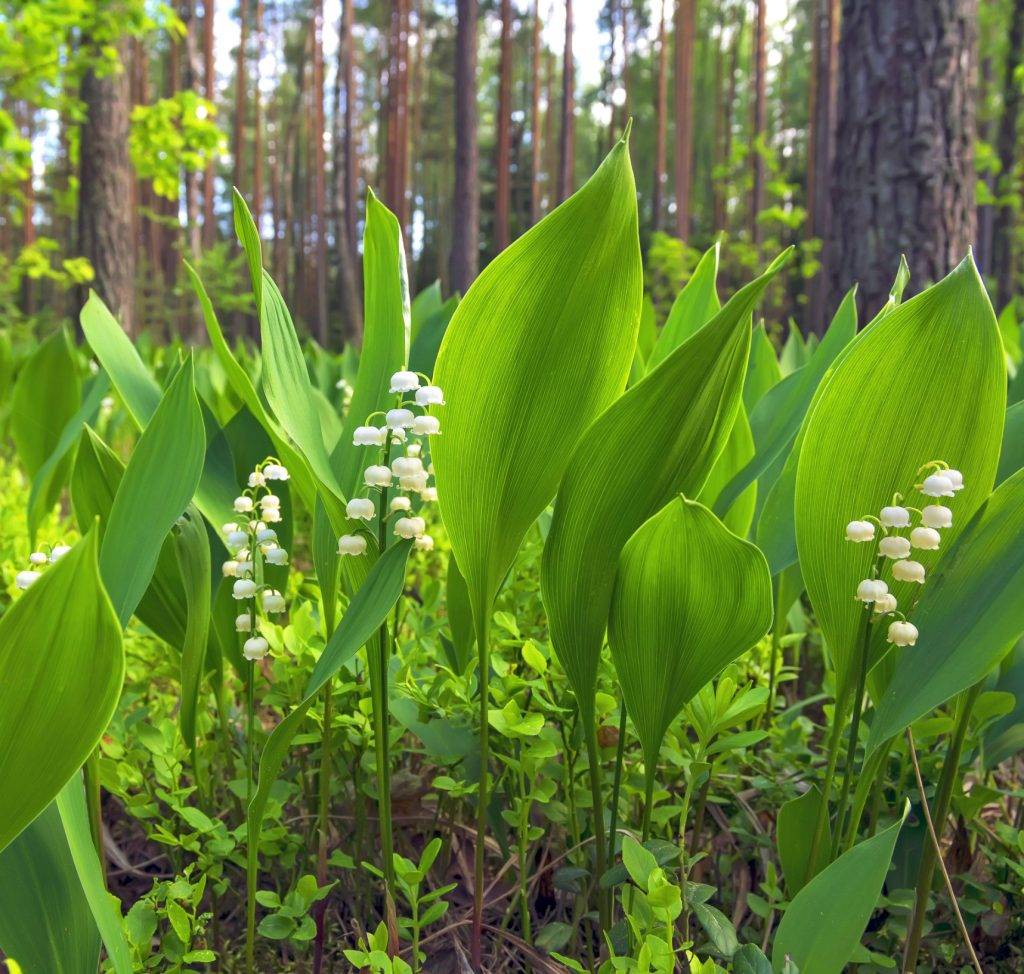
Lily of The Valley (Convallaria majalis), grows in similar habitats to Wild Garlic but you rarely see it growing in the wild these days and it’s not at all common in Scotland and Ireland. It’s slightly later than Wild Garlic too.
It is important to know the differences between these two plants. The toxins in Lily of The Valley are cardiac glycosides similar to those found in foxgloves and cane toads, causing nausea, vomiting, blurry vision, and disruption to the heartbeat that can be fatal. This could be the last plant you foraged if accidentally ingested!
Although it looks similar at first glance the most obvious difference are the flowers which are pendulous and cup shaped. The leaves emerge in pairs, unlike Wild Garlic whose leaves emerge singly, and Lily of The Valleys leaves are wider and more oval.
Of course, the biggest difference is the smell. Lily of The Valleys leaves doesn’t smell of Garlic, at all and the flowers have a unique fragrance that was once highly prized and not at all reminiscent of Garlic!
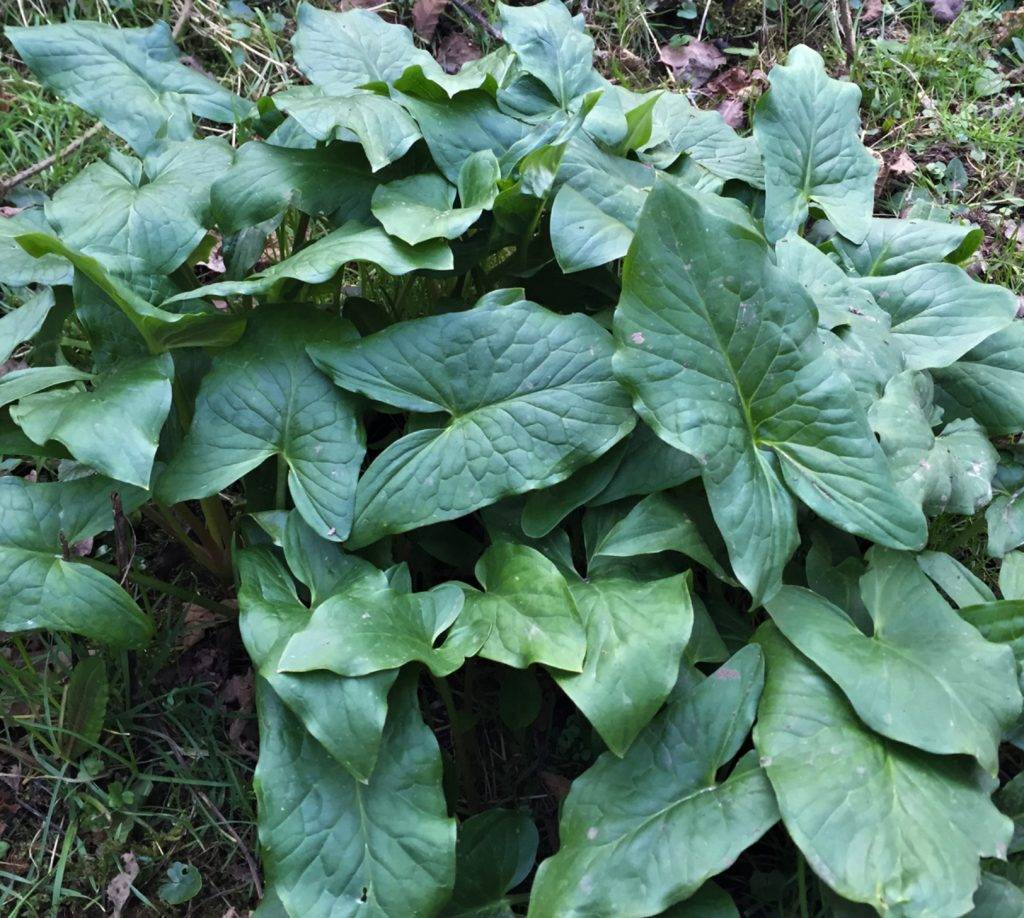

Lords and Ladies (Arum maculatum is very common. Whilst not truly poisonous they contain oxalate crystals which are very sharp and can penetrate and irritate skin for a long time and if consumed can cause the throat to close. Eating a leaf of this plant would be like chewing on glass! Not a plant you want to forage.
The similarities in the leaves are really only the pointy shape. Lords and Ladies have a veined appearance and are large and shiny with two points at the base, a bit like an arrow. They are dark green but can have black or purple spots and the key thing, they don’t smell of Garlic!
The flowers emerge from a hood and develop into bright red berries.
Nutrion
Now that you know which lookalikes are out there, lets talk about how deeply nourishing Ramsons are and why you should be out there foraging as much of this as you can whilst it’s here.
The leaves per 100g, contain 45mg of vitamin C and almost 5mg of beta carotene. The bulbs per 100g have 16mg of vitamin C and over 2mg of protein. The plant bulb is also a source of energy with almost 16g of carbohydrate per 100g.
That said, unless you have Wild Garlic growing in your garden, please don’t dig up the bulbs as, not only is it illegal to take roots and bulbs without the landowners permission, you won’t have any Wild Garlic to go back to forage the following year.
Wild Garlic is also rich in other compounds such as steroidal glycosides, lectins, prostaglandins, fructan, pectin, essential oil, vitamins B1, B2, B6 and E, biotin, nicotinic acid, fatty acids, glycolipids, phospholipids, anthocyanins, flavonoids, and essential amino acids.
It’s also prebiotic which means it feeds the good bacteria in our gut as it contains beneficial compounds.
Medicine
Wild Garlic has serious immune strengthening properties, thanks to it’s high levels of vitamins C and beta carotene which the body converts to vitamin A.
Studies have shown that Garlic can reduce blood cholesterol and blood pressure, due to the presence of of two compounds, ajoene and adenosine. In fact Ramsons contain 20 times more adenosine that cultivated Garlic.
Nature’s antibiotic, It is highly antimicrobial, releasing allicin when bruised, a sulphuric compound that acts against microorganisms, clearing them away after the winter, and supporting it traditional use to treat coughs, colds, flu etc.
Modern herbalists use Wild Garlic as a tonic to aid digestion, another good example of food as medicine.
A 2012 study on factory workers who worked with lead acid batteries found that Garlic was as effective at reducing the amount of lead in the blood as the conventional drug d-penicillamine, with fewer side effects.
In summary, Wild Garlic is both nutrient dense and highly medicinal, with the sulphuric compounds released by the raw plant being the most beneficial.
Sustainable harvesting
I’ve already mentioned that you shouldn’t dig Ramsons up for their roots. Obviously if you do this there will be none the following year.
Try to be mindful when gathering the leaves. Don’t take them all from the one plant and keep moving around so that you are having the least impact on that community of plants. If there aren’t huge numbers then leave them to establish and grow.
If you want the flowers and seeds, don’t go in and take them all. If there aren’t enough seeds left each year, that community of plants will eventually weaken and die off, so again, please only take a few from each plant and make sure to leave plenty behind.
Preserving your harvest.
Let’s have a chat about preserving your foraged bounty because that means you get to enjoy it after the season has ended.
My two favourites are fermenting and freezing.
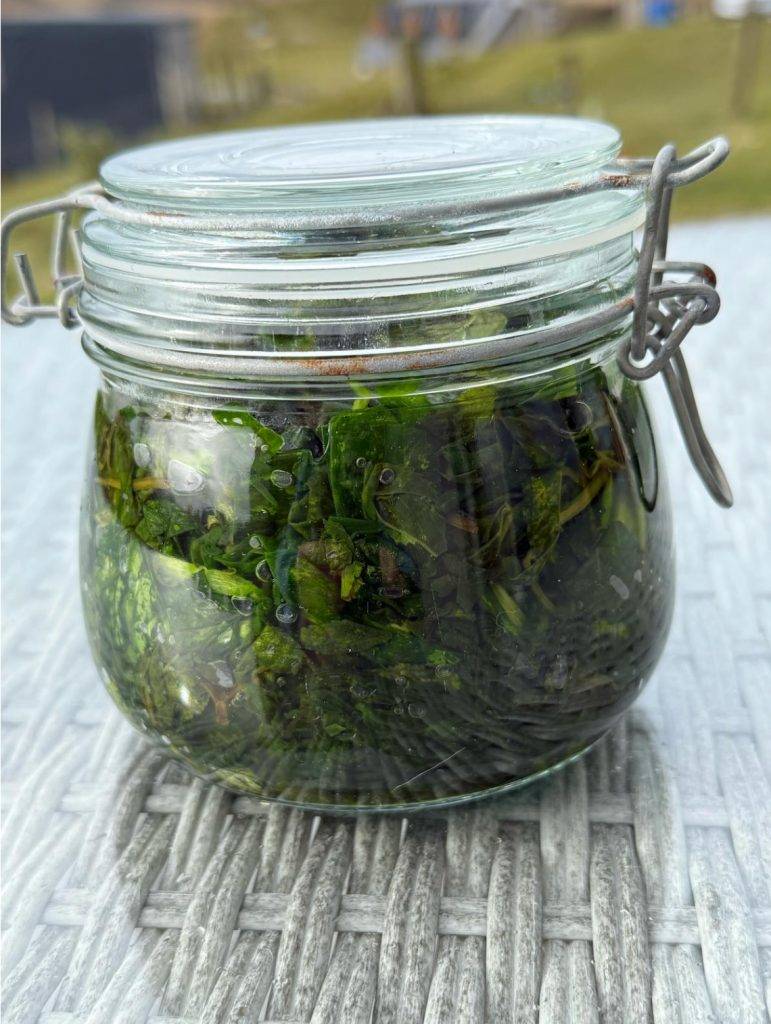
Fermenting
This is a simple process and if you follow some basic rules, your fermented Garlic will last all year.
Your ingredients are literally your plants, some salt and maybe some filtered water.
Firstly, wash and weigh your Ramsons then tip into a large bowl and roughly chop them. You need to add about 3% salt to the weight of your leaves. Sprinkle it over them and then get your hands in and give the leaves a really good massage so that they start to release all of their Garlicky juices. You should be able to hold your leaves up and squeeze some of the juice out into your bowl.
Pack the massaged leaves, juice and all, into a clip top jar. If the juice doesn’t cover the top of the plant material when you press it down, you’ll need to add in a little more liquid (that’s where the filtered water comes in).
You will need to go into your jar and turn the contents over daily for about a week. Make sure to push the plant material under the brine each time you close the jar up again. After this, you can simply store your jar in the fridge where it will happily keep for up to a year.
I really enjoy a spoonful mixed through pasta, blitzed into a hummus, as a topper on soups, through salads, with cheese on toast, on crackers, all sorts of yummy ways to enjoy it.

Freezing
One of my favourite things to do with the Ramsons when I’m pushed for time and don’t want to miss out, is to simply wash the leaves, pat them dry, pack them into freezer bags and freeze until I have more time to use them. The leaves literally come out of the freezer pretty much as they were when they went in, which means you can use them in much the same way as you would if they were fresh.
The other thing I like to do is to make lots of pesto that I then divvy up into freezer bags and….yes you’ve got it, freeze them.
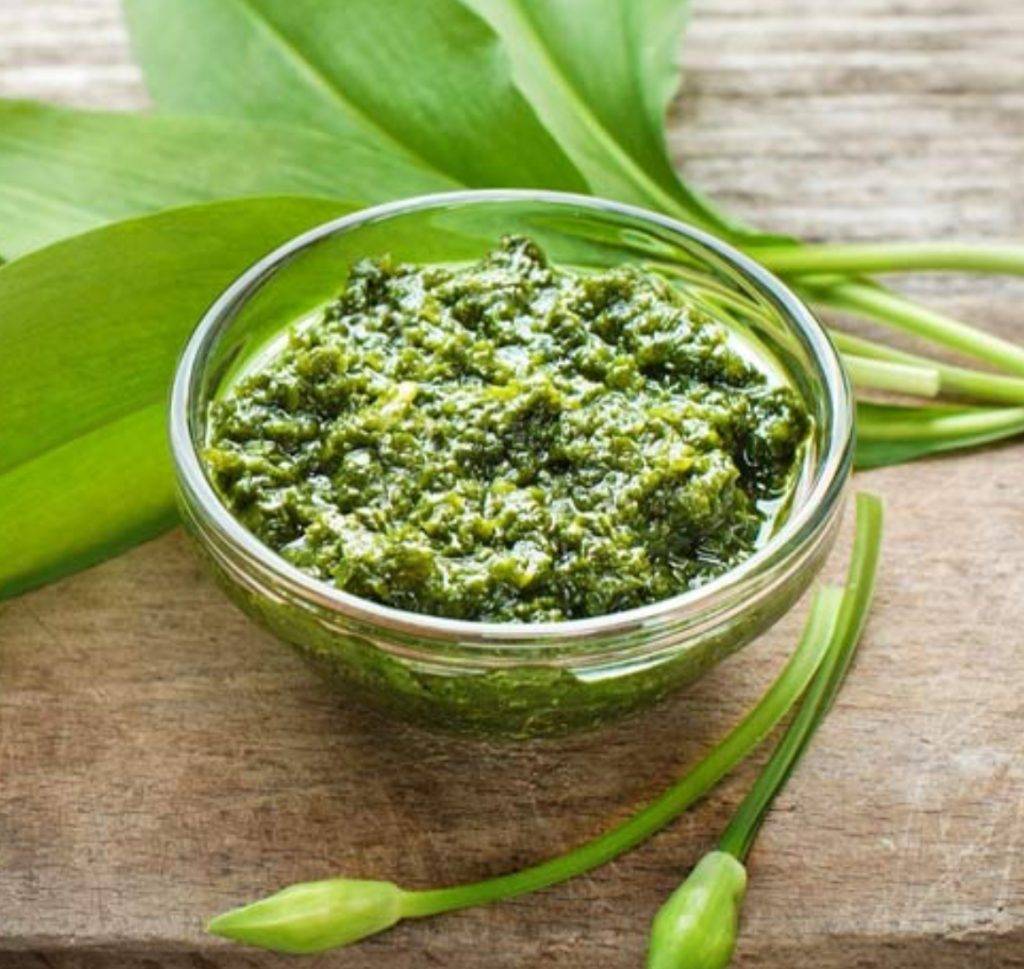
My pesto is really very basic, just washed fresh leaves, lemon juice, nuts or seeds and olive oil, blitzed up. You can also add some cheese but I’m dairy intolerant so I use nutritional yeast flakes if I’m after a cheesey hit. There are lots of pesto recipes online if you fancy exploring something a bit more exotic.
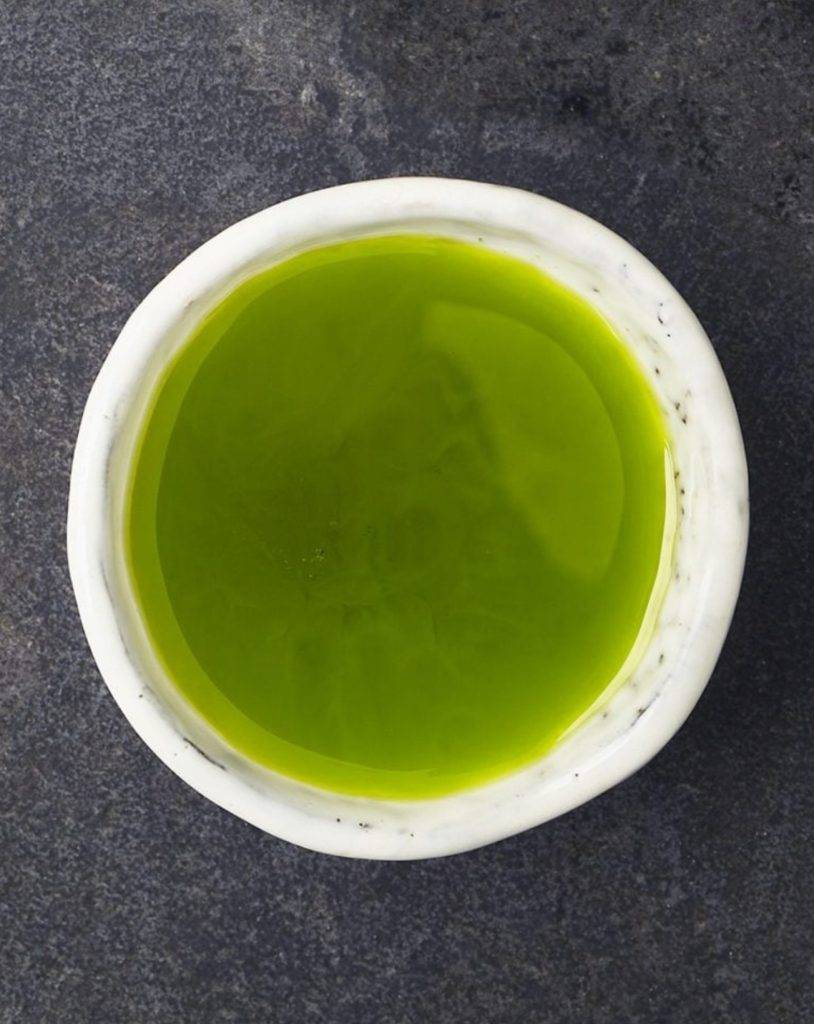
I also infuse organic olive oil with crushed leaves. I tend to leave it for 2 or 3 days, long enough for it to start smelling strongly of garlic basically. I then strain the oil through a piece of muslin or a tea towel to remove the leaves, pour the oil into ice cube trays and freeze. This also removes any risk of botulism or your oil going rancid. You then simply use as needed.

The myths and legends.
Did you know that the biological name of Wild Garlic Allium uranium actually means Bear Garlic? This is because it was observed that Bears coming out of hibernation would dig up the Ramsons to fuel themselves for the coming year. We’re not the only species who love it!

The other well known legend surrounding not just Ramsons, but also cultivated Garlic, is it’s protective qualities, especially from Vampires.

It was noticed that the people who ate a lot of Garlic or who had lots of it in their homes, were less likely to die with mysterious bite marks on their neck. This is not so mysterious nowadays. The bite marks were most probably from insects such as Mosquitoes. It’s been subsequently found that sulphuric photochemical found in Garlic does indeed repel some biting insects. The Scottish Midge is a case in point! This could very well be where the Vampires and Garlic legend originated, mysterious blood sucking creatures that snuck into your room at night, invisible and not seen during daylight hours.
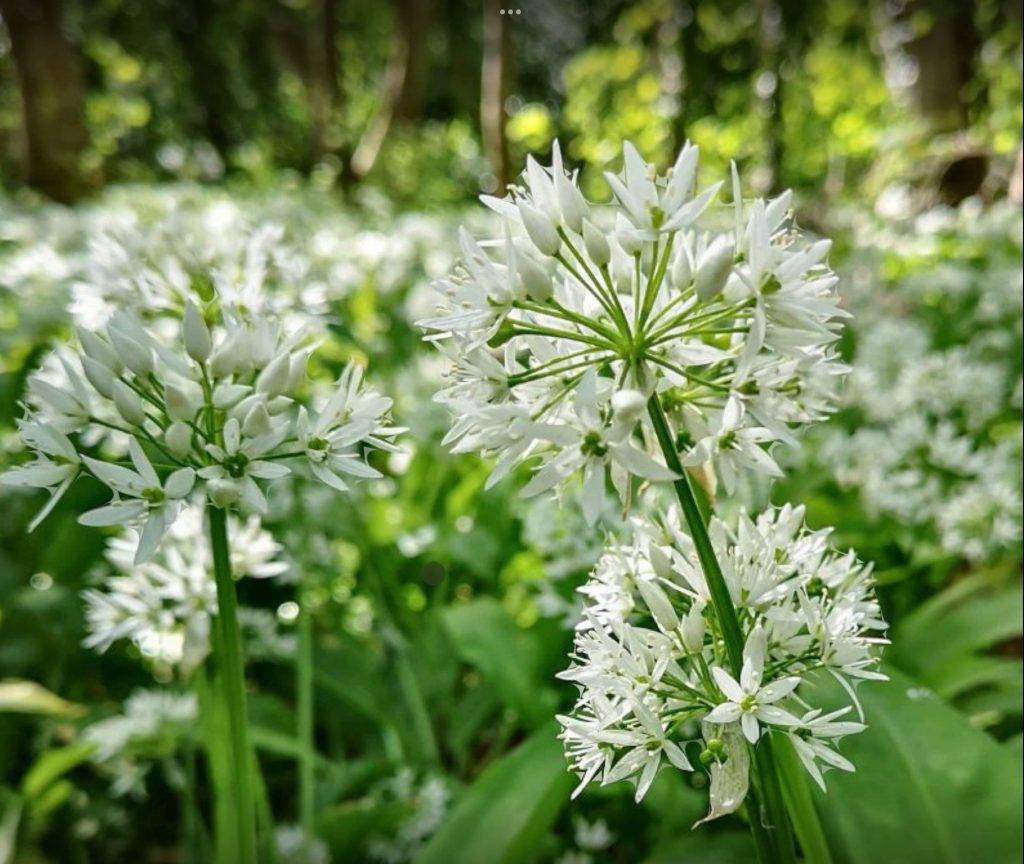
So if you’re not already tucking into the Ramsons, I hope this has inspired you to get stuck in and make the most of the season. They will have disappeared without a trace by the time Summer arrives.

